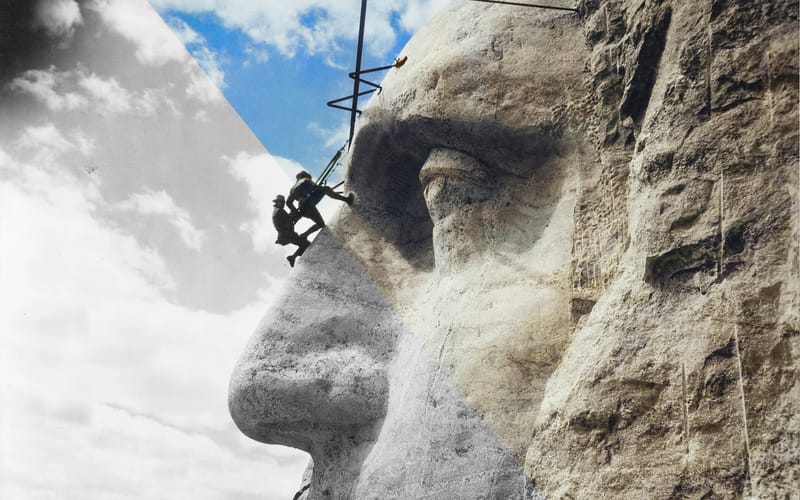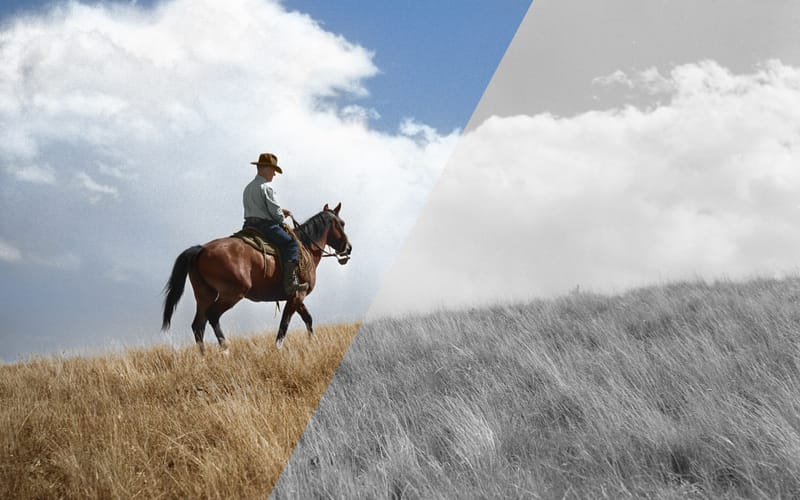Hopi Maidens, 1906
Photograph by Edward S. Curtis, New Mexico, United States
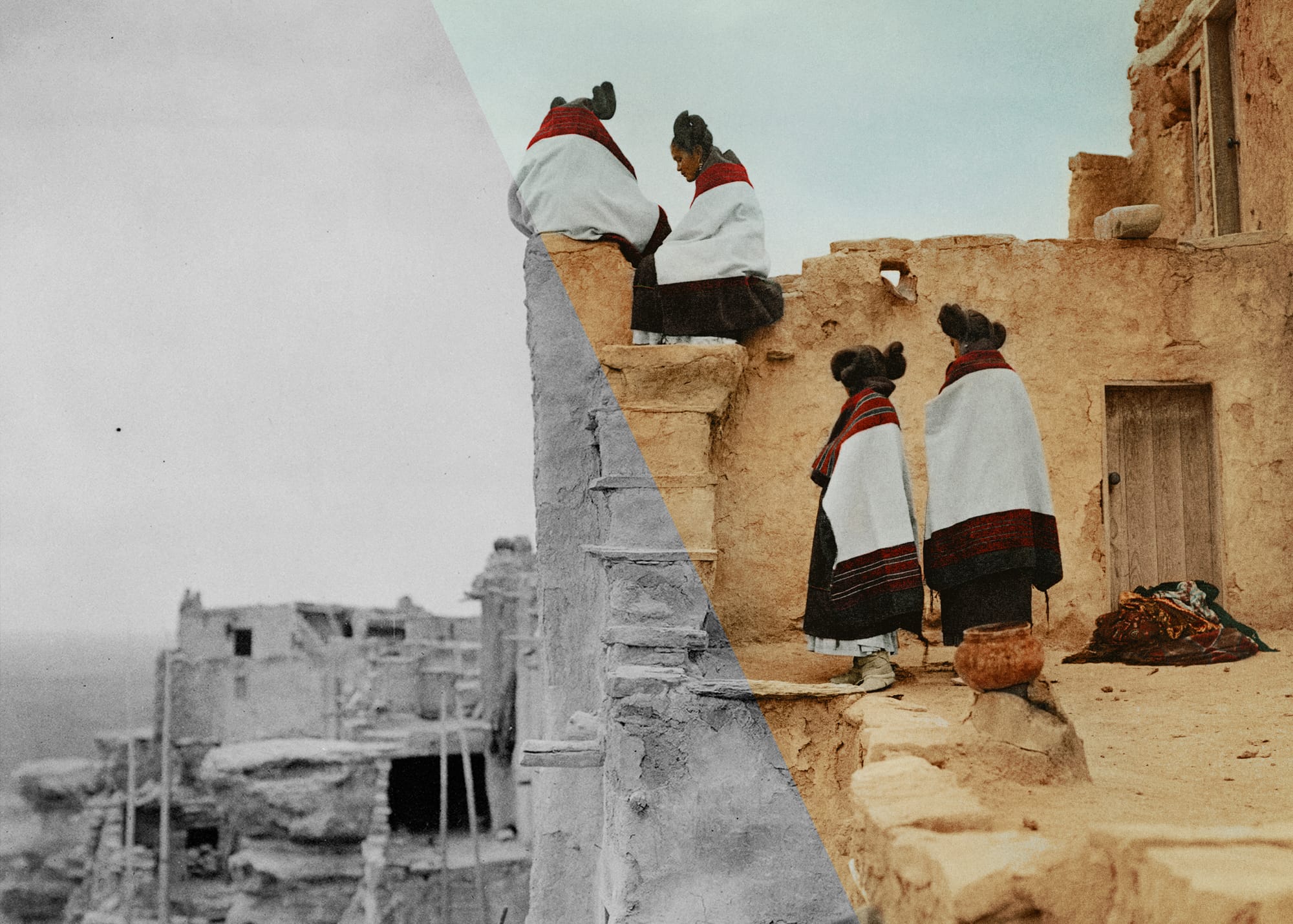
Snapshot is an ongoing series revealing the story behind a single picture from the archives.

"The essential necessities in the life of an agricultural people are that the sun may warm their farms and the rain may adequately moisten them; that seeds committed to the earth may sprout and grow until the harvest"
The Hopi – Hopituh Shi-nu-mu, or ‘Peaceful People’ – are a Native American tribe who have long inhabited a large area of America traditionally spanning from Arizona to New Mexico and into Colorado.
These Hopi teenagers sitting on the rooftop are distinguished by both the white, red, and black Atu’u maiden’s manta and the distinctive squash blossom whorl - a symbol of fertility achieved by wrapping their hair around moulds on each side of the head. All maidens of the Hopi would keep their Atu’u until they married, before the manta was handed down to another female member of the family. The tribe is one of the Pueblo peoples, who inhabit multi-storied apartments constructed from stone, mud, and adobe. The usage of ladders to access the dwellings was a form of security, preventing burglaries and other undesired guests as they had to be lowered down from the inside. 𖨠
The Hopi are an agricultural people, their main food supply being maize, or Indian corn. The rain, snow, and hail which water the earth fall from the sky; without moisture the corn withers and yields no harvest. The power that causes rain to fall is elemental and regarded as supernatural. The seed corn must be planted, for it does not grow save in the earth. There is a power in the earth that makes corn sprout, but this power is connected with that of the sky. In other words, there are two cosmic agencies that appeal to the farmers the sky and the earth… [t]he essential necessities in the life of an agricultural people are that the sun may warm their farms and the rain may adequately moisten them; that seeds committed to the earth may sprout and grow until the harvest.
An excerpt from Sun Worship of the Hopi Indians by J. Walter Fewkes, Bureau of American Ethnology, 1920 (⇲ Wellcome Collection) 𖨠
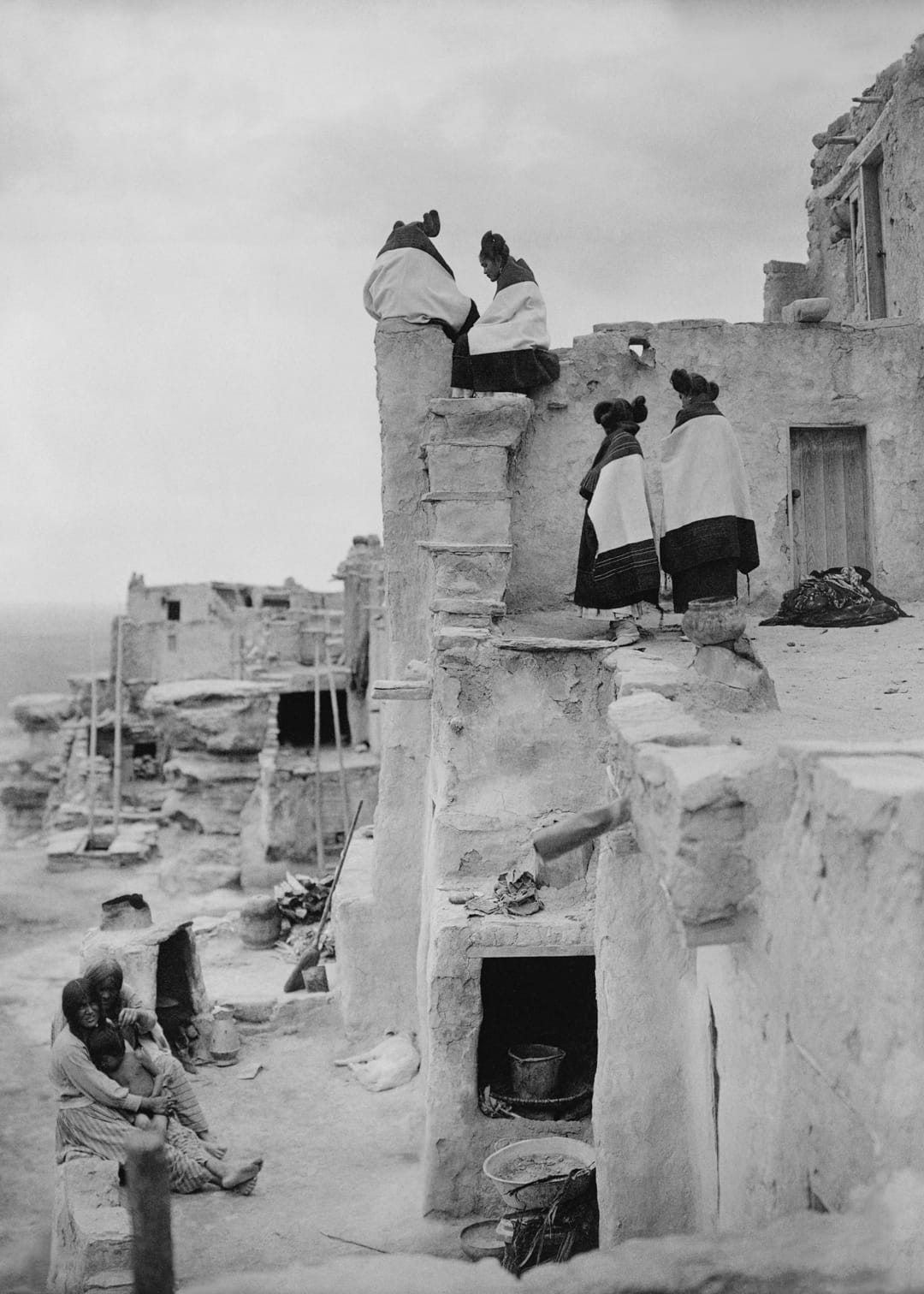
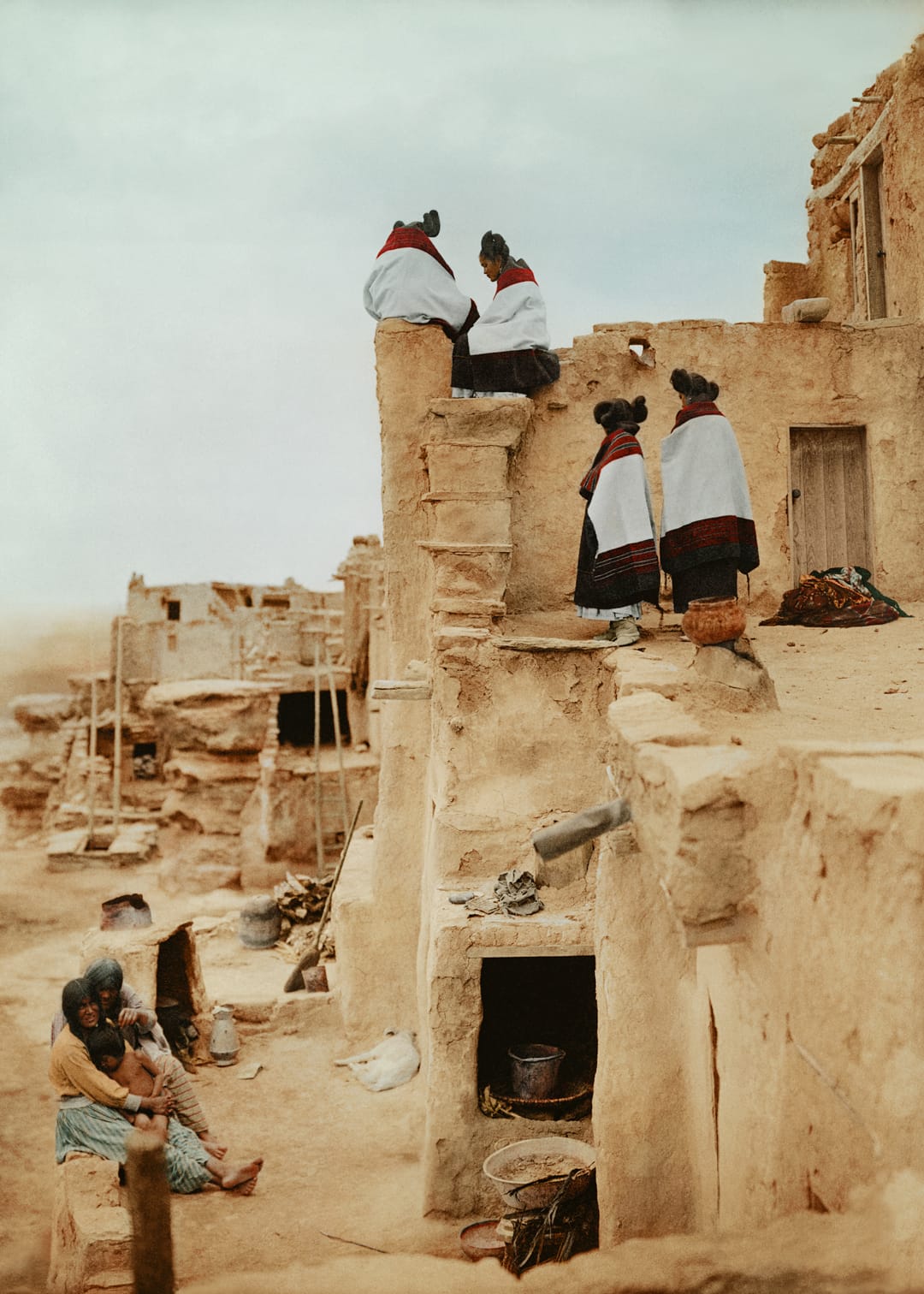
Edward Sheriff Curtis (1868–1952) was an American photographer and ethnologist. Born in Wisconsin shortly after the American Civil War, Curtis' apprenticeship in Minnesota provided him with the valuable skills that would eventually define his career. Following a move to Seattle, Curtis became a partner in an existing studio, purchasing a new camera for the large sum of USD$150 (just over USD$4000 today). Following a portrait sitting with Suquamish and Duwamish luminary Kickisomlo, Curtis embarked on numerous expeditions, eventually backed by financier J.P Morgan to produce a series on the Native American peoples. It would take over two decades to produce volumes entitled The North American Indian, with nearly 2500 original prints from Curtis' glass negatives residing with the Library of Congress.


